The Best Screenlife Horror Movies
As the love for found footage horror movies has waned, a new genre template has emerged in the form of desktop scares.
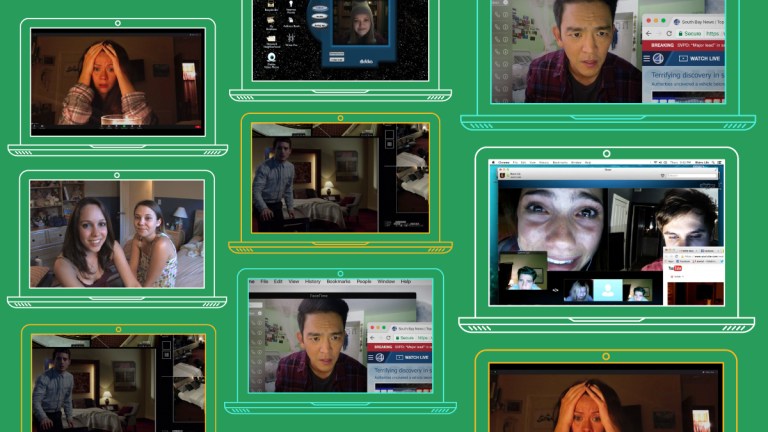
Thanks to the runaway success of The Blair Witch Project in 1999, found footage movies quickly became the hottest thing in horror. By relying on camcorders, surveillance footage, and other unlikely camera sources, filmmakers could not only add some verisimilitude to their stories but could also do it on the cheap. But just as quickly, found footage became the most hated subgenre, as fans and critics decried its rigid constraints, laughing at the ridiculous ways characters justified recording when they should be running.
Just as the subgenre died, a new and more relevant approach emerged: desktop movies taking place entirely on computer screens, using webcams, streaming video, and recordings to tell their stories. Not only do desktop movies offer more variety in visual style, but they also better reflect our actual lives, as we spend a lot of time staring at computer and phone screens (in fact, you’re doing that RIGHT NOW!).
Exciting as the subgenre certainly is, it’s still in its infancy. With Missing, the sequel to 2018’s Searching, desktop movies get to move back into the limelight, giving us the opportunity to look back at some of the best the subgenre has to offer.
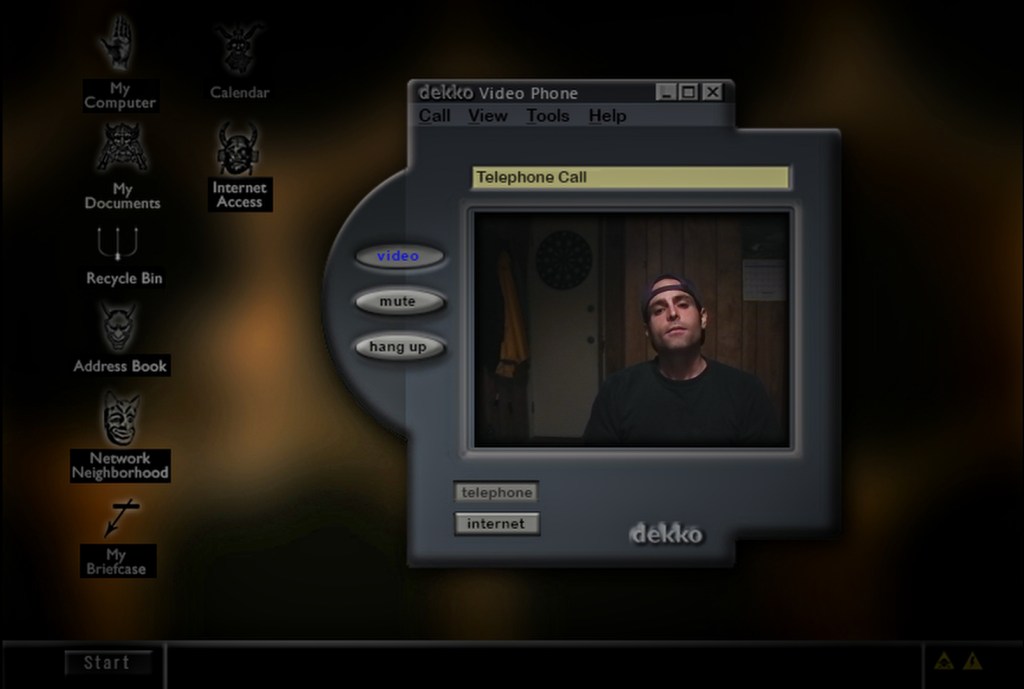
The Collingswood Story
Obviously, desktop movies are a relatively recent phenomenon, as video chat is still a new technology, popularized in the 2010s. But the first desktop movie came out the previous decade, with 2002’s The Collingswood Story, directed by Michael Costanza. Stephanie Dees and Johnny Burton star as a pair of lovers who try to keep their relationship going via webcam, after one heads off to college. When the two invite a psychic into their conversation to add some fun, a host of supernatural creatures follow.
The early 2000s tech doesn’t make for the most visually compelling movie on this list, but it does get the edge for novelty. Plus, Dees and Burton give natural performances, mirroring The Blair Witch Project’s trick of feeling like real footage of normal, hapless people.
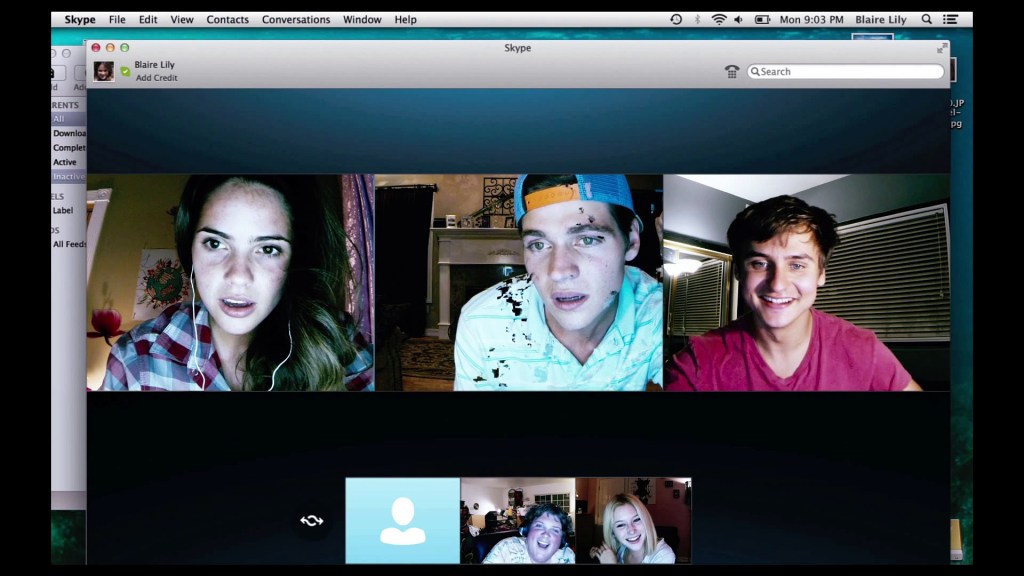
Unfriended
As much as olds like me love horror movies, the genre’s main and best audience will always be teens. And for the teens of 2014, few things would be scarier than being shamed on the internet. Director Leo Gabriadze, working from a script by Nelson Greaves, plays on that fear for Unfriended, a movie about a group chat session gone wrong. When an intruder with the username “billie227” enters their video chat, friends Blaire (Shelley Hennig), Mitch (Moses Storm), Jess (Renee Olstead), Ken (Jacob Wysocki), and Adam (Will Peltz), must confront the fallout of their behavior.
Despite its 2010s tech, Unfriended functions like a classic slasher movie, complete with a group of shallow teens who get picked off by a killer looking for revenge. It even has ridiculous kills, including one involving a mishap with a blender. However, its cyberbullying plot makes the movie still relevant, and thus more realistic, than most classic slasher fare, especially for the intended audience.
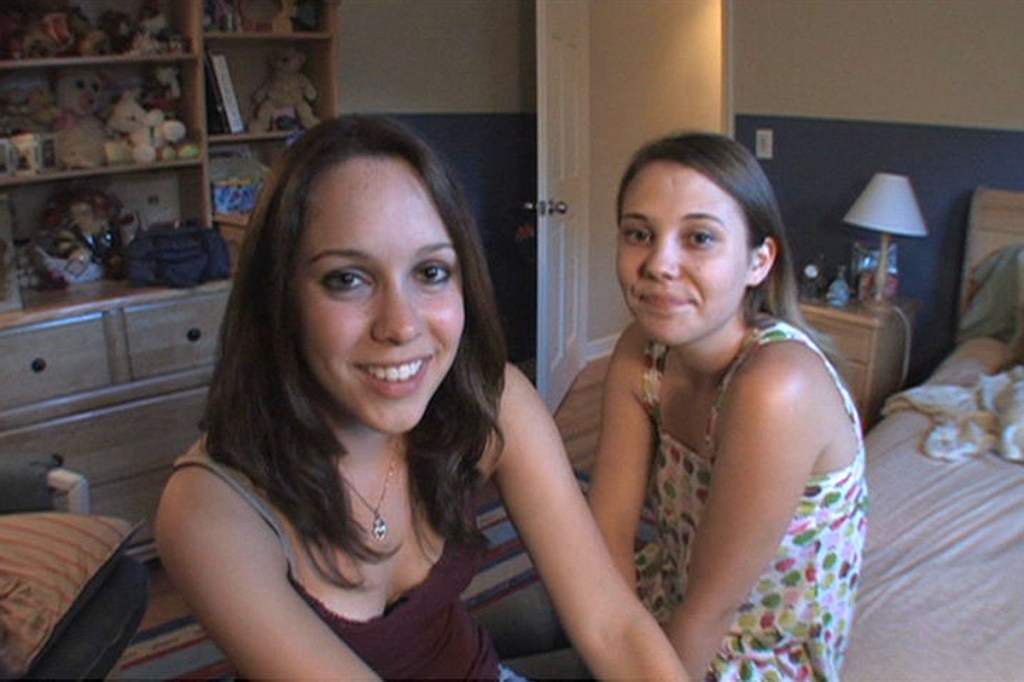
Megan is Missing
Although it was released in 2011 to mostly indifferent audiences, Megan is Missing briefly became an internet sensation nearly 10 years later, when the teens on TikTok shared clips of the movie, calling it one of the most disturbing ever made. To be fair, Megan is Missing is extremely disturbing, even getting banned in New Zealand. Unfortunately, it’s also not very good. But its unlikely position in popular culture means it belongs on a list of best desktop movies.
The lone feature film credit of television director Michael Goi, Megan is Missing displays footage from news reports and home movies, compiled in an investigation into the disappearance of 14-year-olds Megan (Rachel Quinn) and Amy (Amber Perkins). The extreme nature of the girls’ fate makes the movie recall the pearl-clutching of Internet movies from the late 90s, but it also gives the film an enjoyable exploitation feel, an enjoyable bit of trash to terrify the TikTok generation.
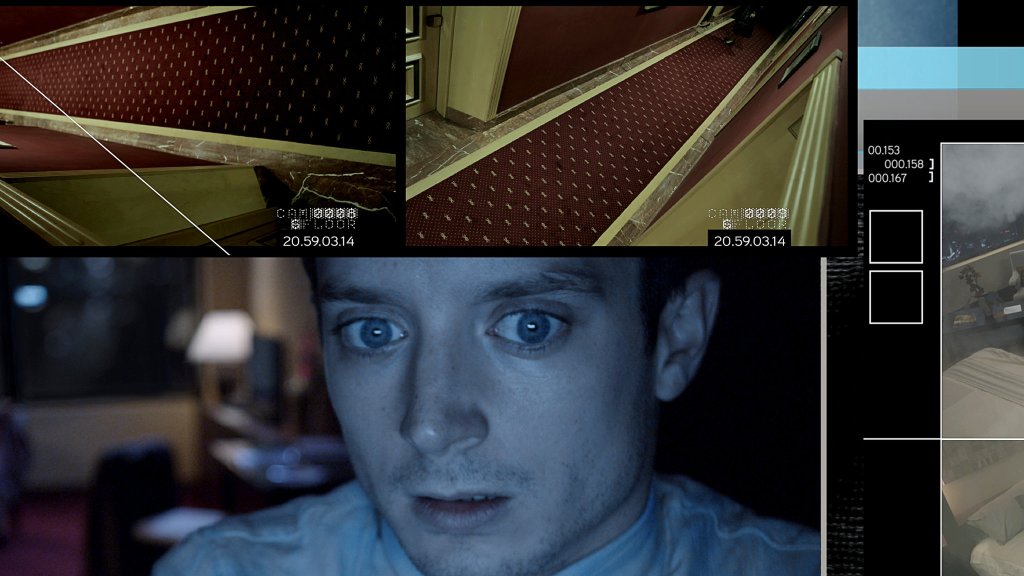
Open Windows
Spanish director Nacho Vigalondo has made his career by finding unlikely approaches to familiar genres. After debuting with his twisty time-travel story Timecrimes, Vigalondo went on to make an alien-invasion romance (Extraterrestrial) and a relationship drama with Kaiju (Colossal). With this track record, it’s no surprise that Vigalondo would be interested in the burgeoning desktop movie format. Part slasher, part revenge thriller, all presented through the desktop of hapless movie obsessive Nick (Elijah Wood), Open Windows is a nasty piece of work that takes full advantage of the subgenre’s offerings.
The movie begins from a simple point, with Nick preparing for a dinner with his favorite actress Jill Goddard (Sasha Grey), the reward he won in a contest. But when the dinner is suddenly canceled, Nick accepts an invitation from a sympathetic stranger (Neil Maskell) to get revenge by hacking Goddard’s phone. From that bad decision, things spiral further out of control as Nick finds himself stuck in a larger and more frightening conspiracy. While the movie does sometimes recall early tech thrillers of the 90s, treating the internet as a magic wand that makes anything happen in the real world, Open Windows tells a story twisty and grimy enough to be interesting.

Host
By the time Host hit Shudder in July of 2020, most of us were pretty darn sick of Zoom. Well into the COVID-19 pandemic, when computers and phones felt less like a link and more like an impediment to people we love, asking people to spend more time standing at a computer screen seemed like a risky prospect. And yet, somehow, English director Rob Savage made one of the best movies of the pandemic era, using our new normal to create novel scares.
Host begins with the most simple and relatable of premises, as a group of friends gets together for a séance via Zoom, something outlandish but safe to break up the monotony. But when the séance goes wrong, a supernatural force invades the lives of the participants. Freed from the need to explain why everyone keeps recording, Savage and his team – including actors Haley Bishop, Jemma Moore, Emma Louise Webb, Radina Drandova and Caroline Ward – use the technology to great effect, mixing old-school jumps with smartphones, face filters, and other gimmicks. And at 58 minutes, Host manages to make Zoom fun without compromising our patience.
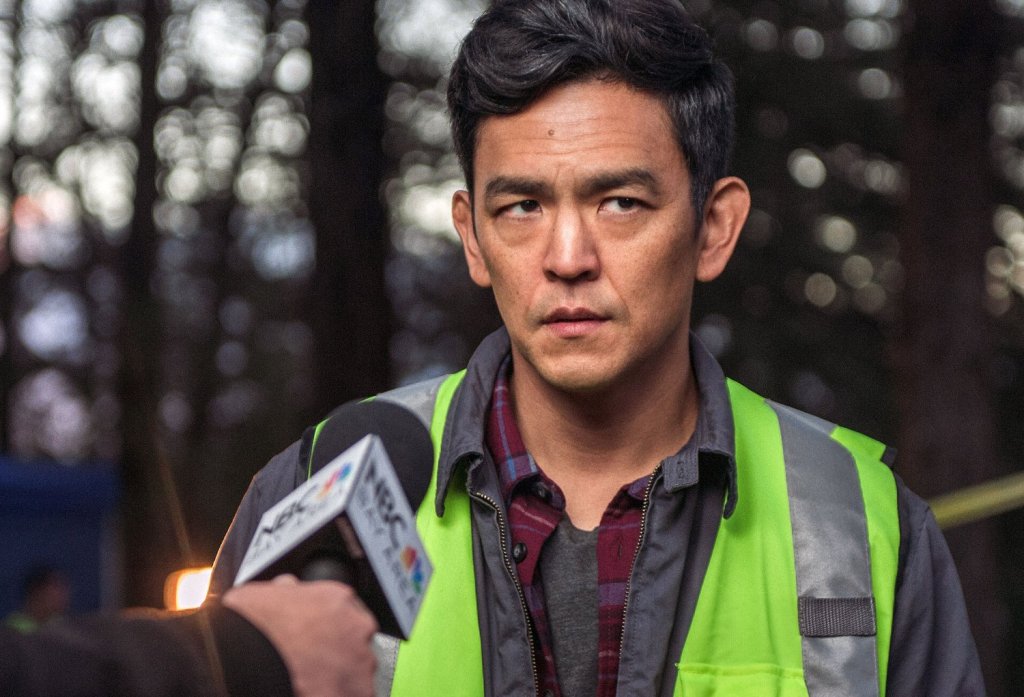
Searching
While desktop movies certainly offer a lot in terms of unique storytelling opportunities, they don’t give actors much room to flex their muscles. The demands of webcams and natural lighting handicap an actor’s ability to use their face and body to full effect, sometimes resulting in a limited performance. But Aneesh Chaganty gets around this problem by casting John Cho as the lead for his 2018 movie, Searching. As a distraught father investigating his daughter’s disappearance through a MacBook, Cho uses all the genre’s limitations to his advantage, expressing all the frustration and sorrow one would expect of a man in such desperate situations.
Beyond Cho’s performance, and excellent supporting turns from Debra Messing and Michelle La, Searching sets itself apart from other desktop movies with Chaganty’s clever direction. Working from a script he co-wrote with Sev Ohanian, Chaganty utilizes the apps on modern computers, filling the screen with different colors and dynamic images, making for a visually compelling watch.
